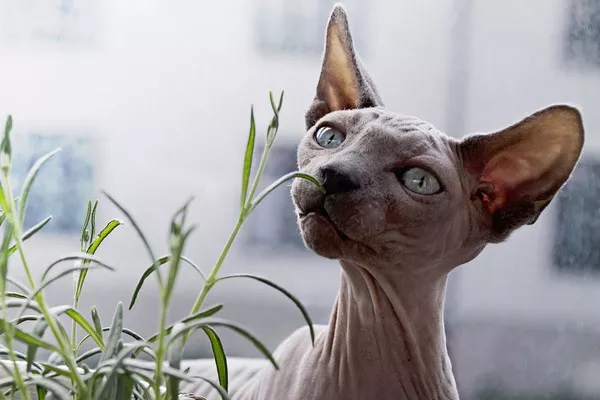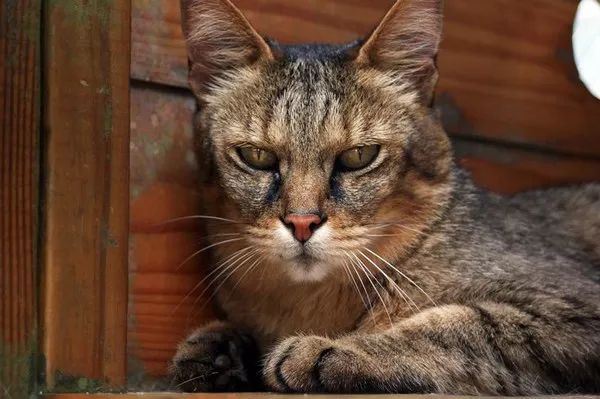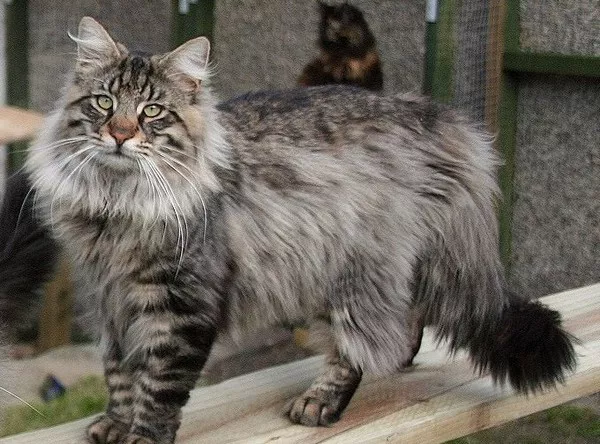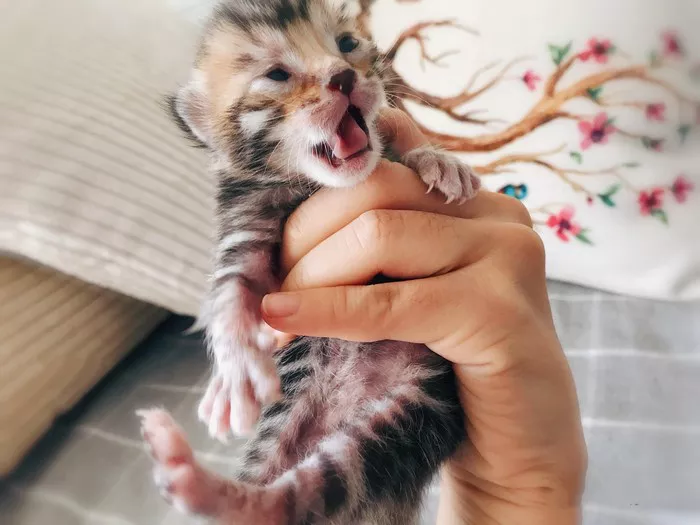Hairless cats, with their unique and eye-catching appearance, have captured the attention of cat enthusiasts around the world. Whether it’s the Sphynx, Donskoy, Peterbald, or another hairless breed, owning one of these distinctive felines comes with certain considerations, including the financial aspect. In this article, we delve into the factors that influence the average cost of hairless cats, exploring breed variations, pedigree lines, geographical location, and additional expenses to help prospective owners understand the financial commitment associated with bringing a hairless cat into their homes.
1. Hairless Cat Breeds:
There are several recognized hairless cat breeds, each with its own distinct characteristics and origins. Some of the well-known hairless breeds include the Sphynx, Donskoy, Peterbald, and Ukrainian Levkoy. While these breeds share the common trait of hairlessness, they may vary in terms of appearance, temperament, and breeding standards.
2. Breeder Reputation and Quality:
One significant factor that affects the price of hairless cats is the reputation and quality of the breeder. Reputable breeders who prioritize health, genetic testing, proper socialization, and adherence to breed standards often charge higher prices for their kittens. These breeders invest considerable time, effort, and resources into maintaining the health and well-being of their cats, ensuring that the kittens they produce are of superior quality.
3. Pedigree Lines and Show Quality:
Hairless cats with exceptional pedigree lines, which demonstrate a strong lineage of show-winning or champion cats, often command higher prices. These cats are bred to meet specific breed standards and may be more suitable for those interested in participating in cat shows or breeding programs. Show-quality hairless cats are typically priced higher due to their superior conformation and potential for success in competitive events.
4. Geographical Location:
The average cost of hairless cats can vary significantly depending on the geographical location. Factors such as the demand for hairless cats, the availability of breeders in the area, and the cost of living can influence the pricing structure. In general, hairless cats may be more expensive in areas with limited breeders or high demand, whereas regions with a higher number of breeders may offer more competitive pricing.
5. Gender and Coat Color:
The gender and coat color of the hairless cat can also impact its price. While both male and female hairless cats can make wonderful pets, breeders may assign different prices based on the desirability of certain genders or coat colors. Rare or sought-after coat colors, such as solid white, tortoiseshell, or blue, may command higher prices due to their uniqueness.
6. Age and Availability:
The age of the hairless cat can affect its price. Kittens are typically priced higher than adult cats due to the time, care, and resources invested in their early development and socialization. Additionally, the availability of hairless cats at a particular time may influence their price, especially if demand exceeds supply.
7. Additional Expenses to Consider:
When calculating the overall cost of owning a hairless cat, prospective owners should be aware of the additional expenses beyond the initial purchase price. These expenses include:
a. Veterinary Care: Regular veterinary check-ups, vaccinations, spaying/neutering, and preventive care are essential for maintaining the health and well-being of a hairless cat.
b. Food and Supplies: High-quality cat food, litter, toys, grooming products, and other supplies are ongoing expenses to ensure the comfort and happiness of the cat.
c. Health Insurance: Consideration of pet health insurance can provide financial protection in case of unexpected veterinary expenses.
d. Grooming and Skin Care: Hairless cats require specific grooming and skin care routines to maintain their skin health and prevent issues like dryness or sunburn. These grooming products and routines may involve additional expenses.
e. Cattery Registration: If a hairless cat is intended for breeding or showing, registration with the appropriate cattery associations may be required, incurring registration fees and other related costs.
8. Adoption and Rescue Options:
For those seeking a hairless cat at a more affordable price, adoption and rescue options are worth exploring. Breed-specific rescues or shelters may have hairless cats available for adoption at a lower cost. Additionally, some breeders may occasionally have older cats or retired breeding cats available for adoption at reduced prices.
9. Ethical Considerations:
When considering the cost of a hairless cat, it is important to prioritize ethical practices and support responsible breeders who prioritize the health and welfare of their cats. Choose breeders who conduct appropriate health screenings, provide a nurturing environment for their cats, and prioritize responsible breeding practices.
10. Making an Informed Decision:
Before committing to the purchase of a hairless cat, prospective owners should carefully consider their budget, lifestyle, and ability to meet the specific needs of a hairless cat. Thorough research, visiting reputable breeders, and asking questions can help prospective owners make an informed decision that aligns with their preferences and financial capabilities.
Conclusion:
The average cost of a hairless cat can vary based on several factors, including breed, breeder reputation, geographical location, pedigree lines, gender, coat color, age, and additional expenses. Understanding the influences on pricing can help prospective owners evaluate their budget and make informed decisions when welcoming a hairless cat into their homes. By carefully considering the financial commitment associated with owning a hairless cat and ensuring responsible sourcing, individuals can embark on a rewarding journey with these unique and captivating feline companions.



























